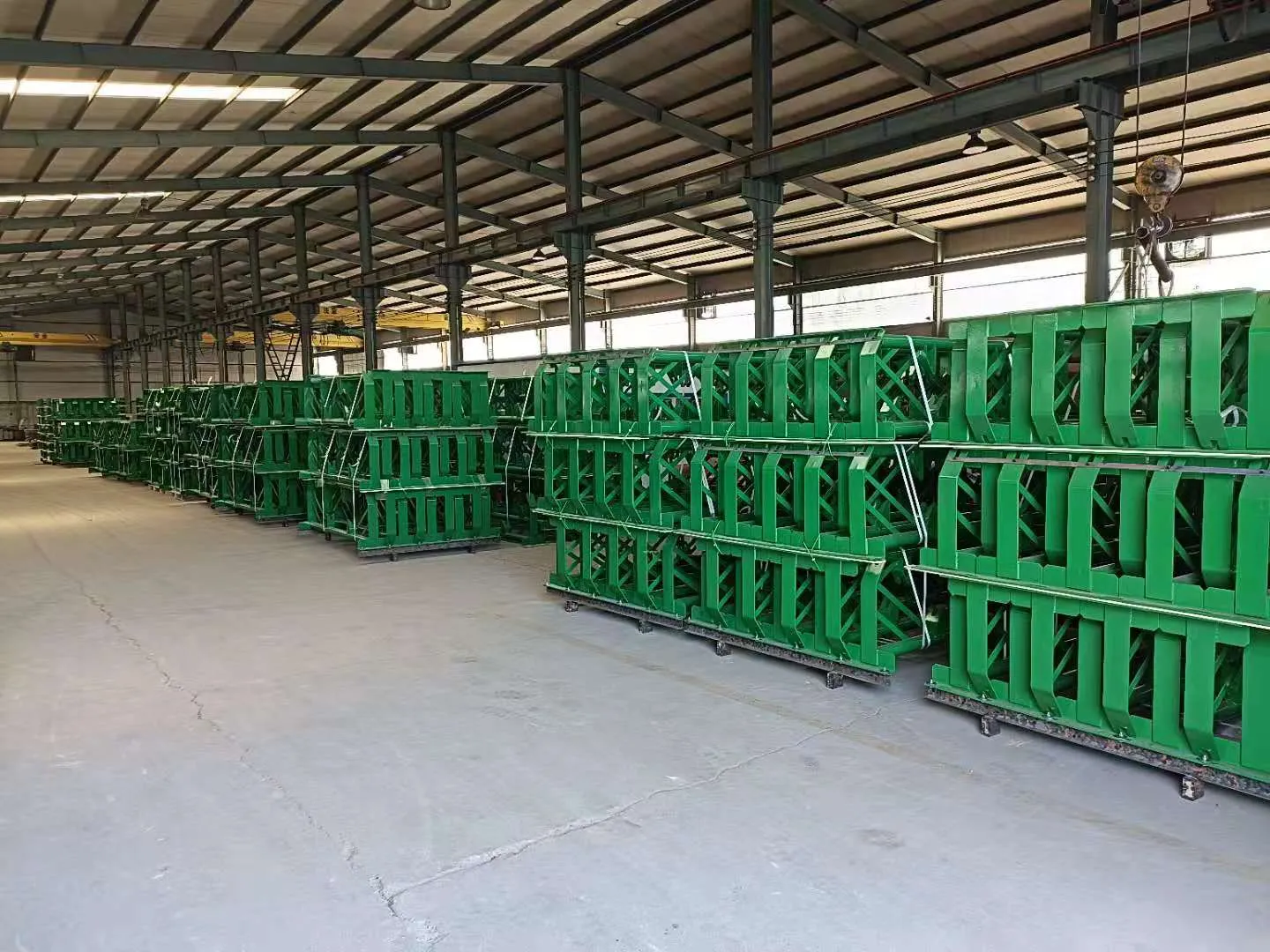 Afrikaans
Afrikaans  Albanian
Albanian  Amharic
Amharic  Arabic
Arabic  Armenian
Armenian  Azerbaijani
Azerbaijani  Basque
Basque  Belarusian
Belarusian  Bengali
Bengali  Bosnian
Bosnian  Bulgarian
Bulgarian  Catalan
Catalan  Cebuano
Cebuano  Corsican
Corsican  Croatian
Croatian  Czech
Czech  Danish
Danish  Dutch
Dutch  English
English  Esperanto
Esperanto  Estonian
Estonian  Finnish
Finnish  French
French  Frisian
Frisian  Galician
Galician  Georgian
Georgian  German
German  Greek
Greek  Gujarati
Gujarati  Haitian Creole
Haitian Creole  hausa
hausa  hawaiian
hawaiian  Hebrew
Hebrew  Hindi
Hindi  Miao
Miao  Hungarian
Hungarian  Icelandic
Icelandic  igbo
igbo  Indonesian
Indonesian  irish
irish  Italian
Italian  Japanese
Japanese  Javanese
Javanese  Kannada
Kannada  kazakh
kazakh  Khmer
Khmer  Rwandese
Rwandese  Korean
Korean  Kurdish
Kurdish  Kyrgyz
Kyrgyz  Lao
Lao  Latin
Latin  Latvian
Latvian  Lithuanian
Lithuanian  Luxembourgish
Luxembourgish  Macedonian
Macedonian  Malgashi
Malgashi  Malay
Malay  Malayalam
Malayalam  Maltese
Maltese  Maori
Maori  Marathi
Marathi  Mongolian
Mongolian  Myanmar
Myanmar  Nepali
Nepali  Norwegian
Norwegian  Norwegian
Norwegian  Occitan
Occitan  Pashto
Pashto  Persian
Persian  Polish
Polish  Portuguese
Portuguese  Punjabi
Punjabi  Romanian
Romanian  Russian
Russian  Samoan
Samoan  Scottish Gaelic
Scottish Gaelic  Serbian
Serbian  Sesotho
Sesotho  Shona
Shona  Sindhi
Sindhi  Sinhala
Sinhala  Slovak
Slovak  Slovenian
Slovenian  Somali
Somali  Spanish
Spanish  Sundanese
Sundanese  Swahili
Swahili  Swedish
Swedish  Tagalog
Tagalog  Tajik
Tajik  Tamil
Tamil  Tatar
Tatar  Telugu
Telugu  Thai
Thai  Turkish
Turkish  Turkmen
Turkmen  Ukrainian
Ukrainian  Urdu
Urdu  Uighur
Uighur  Uzbek
Uzbek  Vietnamese
Vietnamese  Welsh
Welsh  Bantu
Bantu  Yiddish
Yiddish  Yoruba
Yoruba  Zulu
Zulu V-Belt Idler Solutions for Enhanced Timing and Durability in Machinery.
Understanding V-Belt Idlers The Unsung Heroes of Power Transmission
In the world of mechanical engineering, the importance of efficient power transmission cannot be overstressed. Among the various components that contribute to this efficiency, the V-belt idler plays a crucial role. While it may not be the spotlight component like the motor or the pulley, the V-belt idler significantly impacts the overall performance of a drive system.
What is a V-Belt Idler?
A V-belt idler is a type of pulley used in conjunction with V-belts. V-belts are essential components in mechanical systems, providing a flexible and reliable means of transmitting power between shafts. The primary function of the V-belt idler is to maintain proper tension in the belt system. By doing so, it prevents slippage and ensures maximum efficiency in power transfer.
Mechanism and Design
The design of a V-belt idler typically involves a grooved pulley that matches the profile of a V-belt. It is usually mounted on a pivoting arm, allowing it to adjust its position based on the tension needed. Some idlers are adjustable, providing additional flexibility in tensioning systems. The correct installation and alignment of the idler are paramount; improper installation can lead to rapid wear of the belts, reduced efficiency, and increased energy consumption.
Importance in Power Transmission
1. Tension Maintenance One of the most critical roles of the idler is to keep the V-belt under the correct tension. A properly tensioned belt is essential for optimal power transfer and reduces the risk of belt slippage, which can lead to power losses.
v belt idler

2. Belt Lifespan By maintaining the necessary tension, V-belt idlers contribute to the longevity of the belts. Excessive tension can cause premature wear, while too little tension can lead to slippage and inefficient operation. The idler facilitates a balance that enhances the lifespan of the belt.
3. Noise Reduction Idlers also play a role in minimizing vibrations and noise in the system. A well-tensioned V-belt operates more smoothly, producing less noise and vibration, which can be particularly important in environments where noise reduction is a priority.
4. System Flexibility In complex mechanical setups, V-belt idlers allow for modifications and adjustments in the drive system. They provide the flexibility needed to adapt to changes in power requirements, drive configurations, or even to accommodate wear and tear over time.
Applications of V-Belt Idlers
V-belt idlers find applications across various industries. They are commonly used in automotive systems, agricultural equipment, manufacturing machinery, and HVAC systems. In automotive applications, for instance, idlers help to ensure that the drive belts maintain correct tensions critical for the proper operation of alternators, water pumps, and air conditioning compressors.
Conclusion
V-belt idlers may not be the most glamorous component in the machinery ecosystem, but their significance cannot be overlooked. Their ability to maintain tension, enhance belt lifespan, reduce noise, and provide flexibility makes them indispensable in ensuring the efficiency and reliability of power transmission systems. As technology advances and machinery becomes ever more efficient, understanding and optimizing the role of parts like the V-belt idler will be essential for engineers and technicians alike. In conclusion, the next time you admire a well-functioning mechanical system, spare a thought for the humble V-belt idler, the unsung hero quietly ensuring smooth operations.
-
Revolutionizing Conveyor Reliability with Advanced Rubber Lagging PulleysNewsJul.22,2025
-
Powering Precision and Durability with Expert Manufacturers of Conveyor ComponentsNewsJul.22,2025
-
Optimizing Conveyor Systems with Advanced Conveyor AccessoriesNewsJul.22,2025
-
Maximize Conveyor Efficiency with Quality Conveyor Idler PulleysNewsJul.22,2025
-
Future-Proof Your Conveyor System with High-Performance Polyurethane RollerNewsJul.22,2025
-
Driving Efficiency Forward with Quality Idlers and RollersNewsJul.22,2025





























